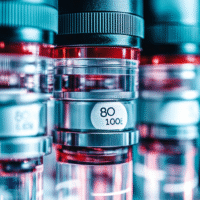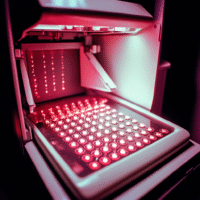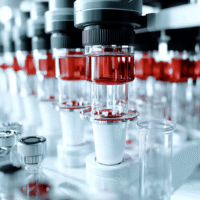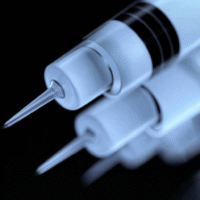Understanding the Study
This study looked at how using wearable devices, like smartwatches, can help older adults walk more and improve their health. It focused on body composition (how much muscle and fat you have), muscle strength, and a condition called sarcopenia, which is the loss of muscle as we age.
What Happened in the Study?
- Who was involved? Eighty healthy older adults, aged 65 and above, participated. They were split into two groups: one followed a walking program using wearable devices, and the other continued their usual activities.
- How long was the program? The walking program lasted for 12 weeks.
- What did they measure? Researchers looked at body composition, handgrip strength (how strong your grip is), and how well participants could stand up from a chair.
What Were the Results?
- The group using wearable devices saw a 5.5% increase in muscle mass.
- Handgrip strength improved by 13.1%.
- Lower limb function (how well they could stand up) improved by 10.5%.
Why Does This Matter?
Using wearable devices can help older adults stay active and improve their muscle health. This is important for healthy aging and can lead to better overall health.
Real-World Opportunities for Clinics
- Offer walking programs that include wearable devices to track progress.
- Use the data from these devices to create personalized exercise plans for patients.
- Educate patients about the benefits of staying active and using technology to support their health.
What Should Clinics Track?
- Changes in muscle mass and strength.
- Improvements in mobility and daily activities.
- Patient engagement and satisfaction with the walking program.
AI Tools to Consider
- AI fitness apps that provide personalized exercise recommendations based on wearable data.
- Health monitoring platforms that track patient progress and send reminders for activity.
Step-by-Step Plan for Clinics
- Start Small: Begin with a pilot program for a small group of patients using wearable devices.
- Gather Data: Track the results and improvements in muscle strength and mobility.
- Adjust Program: Use feedback to refine the program and make it more effective.
- Expand: Gradually offer the program to more patients based on initial success.
For more details, you can read the full research study here.




























